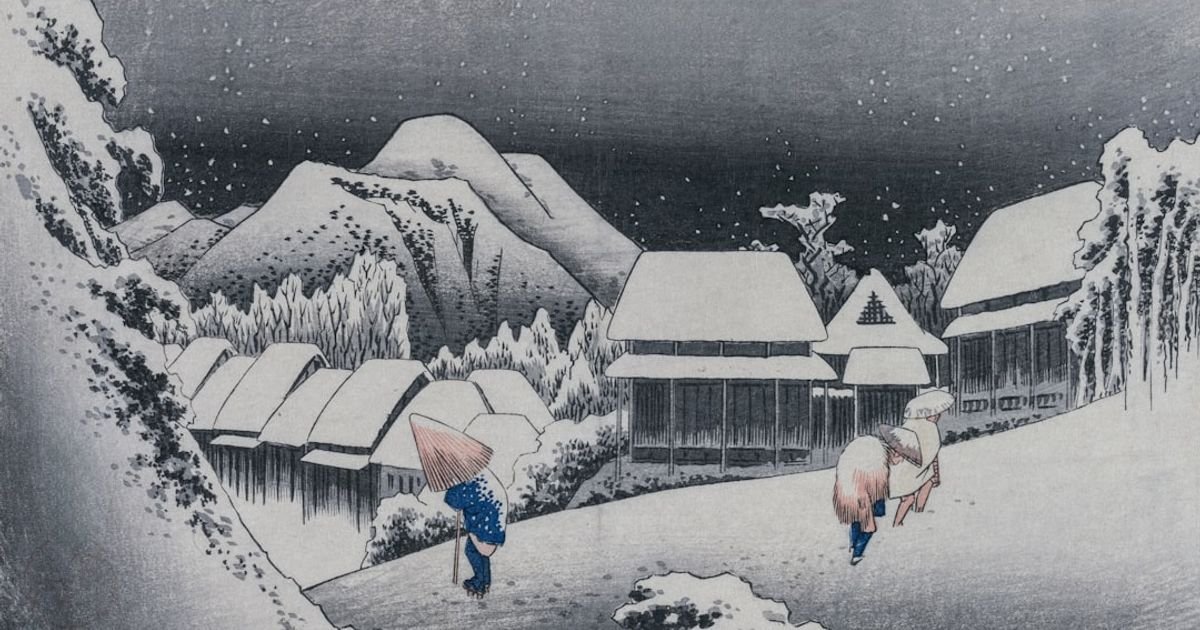About Prompt
- Prompt Type – Dynamic
- Prompt Platform – Google Gemini
- Niche – Traditional art
- Language – English
- Category – Art
- Prompt Title – Japanese ukiyoe prompt powered by Gemini
Prompt Details
—
### **Dynamic Ukiyo-e Master Prompt for Gemini**
**Objective:** To generate a high-fidelity image that authentically replicates the style, technique, and spirit of a classical Japanese ukiyo-e woodblock print (浮世絵, 木版画) from the Edo period.
**Instructions for Use:** This is a dynamic prompt. Replace the text within the square brackets `[ ]` with your desired concepts. You can mix and match elements from the provided examples or create your own entirely. The more specific your descriptions, the more tailored the result will be.
—
### **The Gemini Prompt:**
You are an AI art generator acting as a master ukiyo-e artist and printmaker. Your goal is to create a visually stunning and historically accurate Japanese woodblock print. Adhere strictly to the aesthetics and limitations of the mokuhanga (木版画) technique.
**Core Request:**
A masterful ukiyo-e woodblock print depicting:
**1. Primary Subject & Scene Description:**
`[Describe the central subject and the surrounding scene in detail. Be narrative. For example: “A lone, weathered samurai warrior standing on a windswept cliff under a full moon, his kimono tattered from battle, looking down at a turbulent sea below.”]`
* **Subject Examples (choose or create one):**
* **Bijin-ga (Beautiful Women):** A graceful geisha in an opulent, multi-layered kimono with intricate patterns, arranging flowers (ikebana) by a shoji screen.
* **Fūkei-ga (Landscapes):** A serene view of travelers crossing a wooden bridge during a gentle spring rain, with weeping willows on the riverbank and distant mountains shrouded in mist.
* **Yakusha-e (Kabuki Actors):** A dramatic, close-up portrait of a Kabuki actor in the middle of a powerful *mie* pose, with stark face paint (kumadori) and an intensely emotional expression.
* **Kachō-ga (Nature):** Two cranes wading in a shallow marsh at dawn, with irises in the foreground and a soft, graduated sky in the background.
* **Musha-e (Warriors) / Supernatural:** The legendary warrior Minamoto no Yorimitsu confronting the monstrous Tsuchigumo (Earth Spider) in its web-filled cavern, surrounded by yōkai.
**2. Artistic Influence & Master Style:**
`[Choose a specific ukiyo-e master to emulate, or describe a desired stylistic quality. For example: “In the dramatic and dynamic style of Utagawa Kuniyoshi.”]`
* **Artist Style Examples:**
* **Katsushika Hokusai:** For dynamic compositions, powerful natural forms (especially waves and mountains), and a vibrant use of Prussian blue.
* **Utagawa Hiroshige:** For serene, melancholic landscapes, masterful atmospheric effects like rain and snow, and cropped, poetic compositions.
* **Kitagawa Utamaro:** For elegant, idealized portraits of beautiful women with delicate lines and subtle emotional depth.
* **Tōshūsai Sharaku:** For highly expressive, almost caricatured portraits of kabuki actors with a focus on capturing personality.
* **Utagawa Kuniyoshi:** For wildly imaginative and action-packed scenes of warriors, myths, heroes, and even anthropomorphic cats.
**3. Composition & Perspective:**
`[Describe the desired framing and layout. For example: “Employing an asymmetrical composition with a strong diagonal line created by the cliff edge.”]`
* **Compositional Elements:**
* Asymmetrical balance
* Flattened perspective (no single-point perspective)
* Low-angle view for dramatic effect
* High-angle, “bird’s-eye” view
* Use of negative space to create focus
* Cropped framing, where elements are cut off by the edge of the print
**4. Key Visual Elements & Technique:**
`[Specify the technical details that define the woodblock print medium. For example: “Emphasize the strong, black key block outlines and show subtle bokashi gradation in the sky.”]`
* **Technical Details:**
* **Outlines:** Crisp, confident, and varying in weight black outlines (from the *key block*).
* **Color:** Flat planes of distinct color, applied with visible, yet subtle, texture.
* **Texture:** Incorporate a faint wood grain texture (*mokume-zuri*) within color fields to simulate the physical print process.
* **Gradation:** Use *bokashi* (hand-applied color gradation) for skies, water, or to create depth.
* **Details:** Stylized clouds (*kasumi*), patterned fabrics on kimono (e.g., *seigaiha* waves, *asanoha* hemp leaf), and expressive calligraphic lines for elements like water or wind.
* **Cartouche:** (Optional) Include a vertical rectangular cartouche in a corner with stylized Japanese kanji for the title or artist’s signature.
**5. Color Palette & Lighting:**
`[Define the mood through color and light. For example: “A limited and somber color palette dominated by indigo blue, grey, black, and a single accent of deep crimson on the samurai’s sash.”]`
* **Palette Examples:**
* Muted, earthy tones of early *nishiki-e* (brocade prints).
* Vibrant and rich, featuring deep blues, greens, and reds.
* Monochromatic or duochromatic with a focus on shades of a single color.
* **Lighting:** Emulate the flat, even lighting characteristic of the medium. Avoid realistic, directional light sources, harsh shadows, or volumetric shading.
**6. Final Execution Parameters (Crucial for Avoiding Digital Look):**
* **Output:** High-resolution, crisp details, art station quality.
* **Negative Prompts:**
`–no 3D render, photorealism, digital painting, glossy, smooth, airbrushed, anime, manga, cel-shaded, realistic lighting, volumetric fog, lens flare, camera artifacts`

